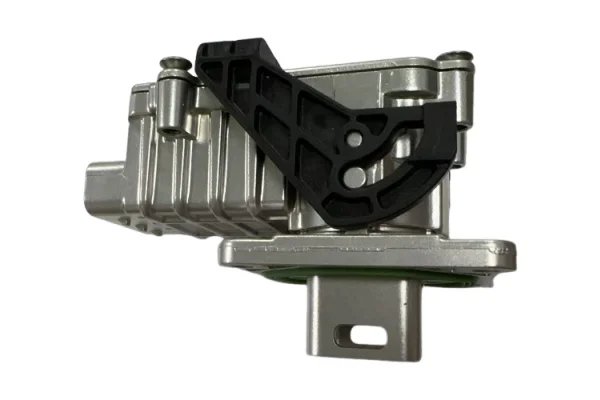In the modern industrial landscape, mold manufacturing plays a pivotal role in shaping a wide array of products across various industries, from automotive parts to consumer electronics. However, traditional mold manufacturing processes often come with significant environmental costs, including high energy consumption, waste generation, and emissions of harmful substances. To address these challenges, the concept of sustainable mold manufacturing has emerged, aiming to integrate environmental protection technologies and innovations to minimize negative impacts while maintaining or enhancing productivity and quality.

The Necessity for Sustainable Mold Manufacturing
Environmental Pressures
Global climate change and environmental degradation have heightened awareness about the need for sustainable practices in all sectors, including manufacturing. The mold industry, with its resource-intensive processes, is under increasing scrutiny to reduce its carbon footprint and minimize pollution.
Economic Benefits
Sustainable mold manufacturing is not just a moral imperative; it also offers economic advantages. By optimizing processes, reducing waste, and enhancing energy efficiency, companies can lower operational costs and improve competitiveness in the market.
Regulatory Compliance
Stringent environmental regulations worldwide are driving the adoption of sustainable practices. Compliance with these regulations is crucial to avoid penalties and maintain a good corporate reputation.
Integrating Environmental Protection Technologies
Advanced Materials
The use of biodegradable, recyclable, and low-emission materials in mold manufacturing is a critical step towards sustainability. These materials reduce the environmental impact of waste and emissions throughout the product lifecycle.
Energy-Efficient Machinery
Modern mold-making machinery incorporates energy-saving features such as variable frequency drives, efficient motors, and automated processes that minimize energy consumption. Furthermore, the adoption of renewable energy sources like solar and wind power for mold shops further reduces reliance on fossil fuels.
Waste Reduction Techniques
Implementing lean manufacturing principles and waste reduction strategies, such as just-in-time production and zero-defect quality control, minimizes scrap and by-products. Recycling and reuse programs for mold materials and by-products also contribute to reducing overall waste.
Innovations Driving Sustainability
Additive Manufacturing (3D Printing)
Additive manufacturing allows for the creation of complex mold geometries with minimal material waste. This technology reduces the need for traditional subtractive methods, which generate significant amounts of scrap. Moreover, 3D printing enables localized production, cutting down transportation emissions.
Digitalization and Automation
The integration of digital technologies, including IoT, AI, and big data analytics, enhances process control and monitoring, leading to more efficient and sustainable operations. Automation reduces human error, optimizes resource usage, and enables predictive maintenance, thereby minimizing downtime and waste.
Circular Economy Models
Promoting a circular economy within the mold industry involves designing molds for easy disassembly and recycling, as well as establishing take-back programs for end-of-life molds. Collaboration with suppliers and customers to create closed-loop systems further supports sustainability efforts.
Challenges and Future Directions
Despite the progress made, several challenges remain, including high initial investment costs for sustainable technologies, lack of standardized metrics for measuring sustainability performance, and the need for ongoing training and education for the workforce.
To overcome these challenges, industry stakeholders should collaborate on research and development, advocate for supportive policies and incentives, and continuously innovate to stay ahead of environmental and regulatory demands.
Conclusion
Sustainable mold manufacturing represents a paradigm shift towards more environmentally responsible practices that balance economic growth with ecological stewardship. By integrating advanced materials, energy-efficient machinery, waste reduction techniques, and innovative technologies, the mold industry can significantly reduce its environmental footprint while enhancing productivity and competitiveness. As demonstrated through case studies, the journey towards sustainability is not only feasible but also beneficial for companies, workers, and the planet. The future of Aoke mold manufacturing lies in continuous innovation and commitment to environmental protection.



